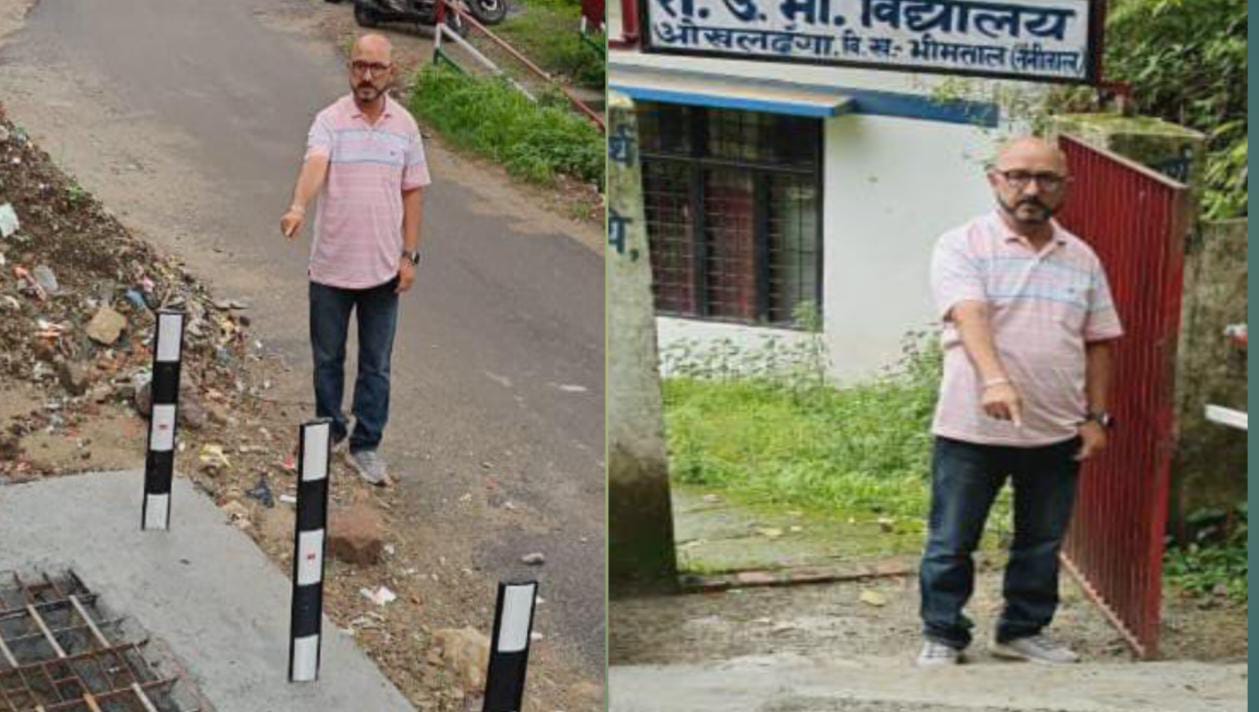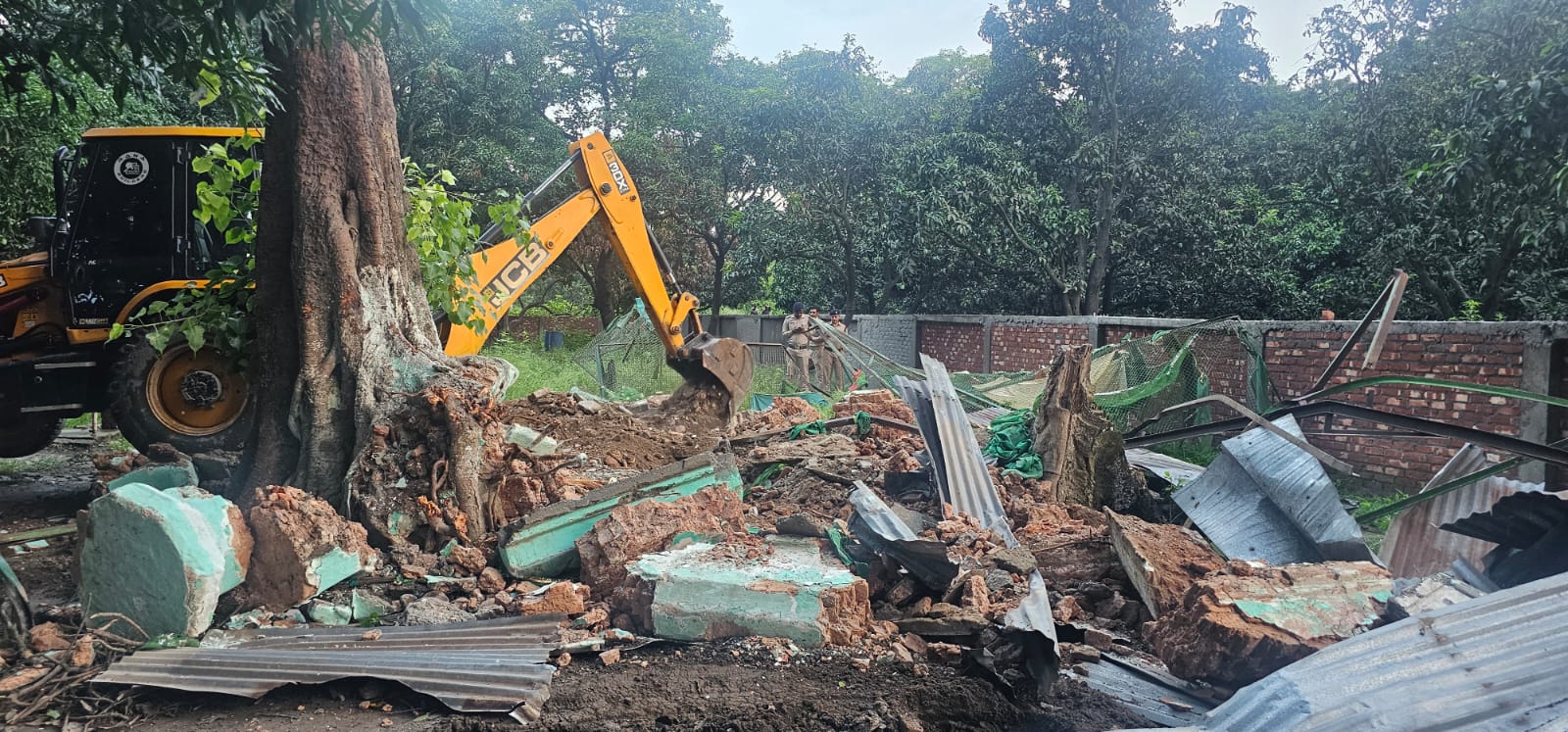These residences establish daily routines, recovery-focused activities, and peer accountability, reinforcing healthy habits and personal discipline. Many such halfway houses continued to be subsidized by government contracts or other sources of government funding. Other types of halfway houses, however, are supported through various means, including government grants and corporate funding; those that are run as non-profit entities may be supported by donations or foundation grants.
Inmate placement into a RRC
These residences serve people who are committed to addiction recovery, mental health stability, or social reintegration. A sober living home is a structured, transitional living facility for recovering addicts or alcoholics who are reintegrating into society. Also known as a halfway house, sober living facility, or transitional home, it is not meant to be a permanent accommodation. A resident in a sober home can typically stay for as little as a few months and as much as a couple of years. The time frame for residency depends on the facility in question and on the resident’s circumstances and behavior. The structured nature of a sober home involves a number of rules that must be followed, including abstention from drugs and alcohol (drug tests are given), chores, a curfew, and any number of other directives.
- These residences serve as a bridge between intensive addiction treatment and full reintegration into society, offering stability, accountability, and continued recovery support.
- You will need to take the necessary steps toward recovery from your previous drug or alcohol addiction(s).
- A resident in a sober home can typically stay for as little as a few months and as much as a couple of years.
- When you choose drug rehab in New York, you’ll participate in a variety of treatments that are designed to help you live a drug-free lifestyle.
- Improper management and inadequate oversight of halfway houses also enables inequities in the reentry process.
- For those who are reintegrating into society following time in prison, halfway houses provide support for finding employment, housing, and other essential services.
Recovery Housing
Some facilities offer co-ed housing with designated male and female sections, but most prioritize gender-specific environments to reduce distractions and reinforce accountability in recovery. Anyone caught up in a cycle of addiction could benefit from a halfway house in New York. These facilities provide excellent support and make it easier to transition back to society by providing structure.
- They adapted to serve the role of alternatives to incarceration, and in this capacity they were known as “halfway-in houses.” In the 1990s the term halfway house was replaced by the more benign, descriptive, and inclusive residential treatment centers.
- Do you know the differences between a sober living home and a halfway house in New York?
- However, recent investigative reports suggest that the real numbers are even higher, as the BOP continues to underreport cases in RRCs and state-level data is nearly non-existent.
- Understated luxury and modern comfort in a transitional living space that feels like home.
- If you don’t have insurance or your insurance plan doesn’t cover a specific program, self-pay can help ensure you still get the care you need.
- Halfway houses also play an important role in supporting individuals with mental health issues by providing a safe and structured environment.
- I am forever grateful to the staff and all counselors 🤟 you made a major difference in my life.
Treatment Therapies
- The primary purpose of a halfway house is to promote accountability, sobriety, and personal growth among residents.
- Support groups and structured peer environments promote accountability, emotional stability, and relapse prevention, helping individuals build resilience in recovery.
- Many halfway houses enforce zero-tolerance policies, requiring residents who relapse to leave immediately to maintain a sober environment.
- It has been proven clinically effective for those who struggle with out-of-control emotions and mental health illnesses like Borderline Personality Disorder.
The majority were operated by private, nonprofit organizations with boards of directors made up of leaders from the criminal justice, educational, and religious communities, as well as other dedicated citizens. Board members often provided access to recreational, religious, medical, vocational, and transportation services, as well as assistance with obtaining gainful employment. To help ease the transition into a communal transitional living environment, Avenues NYC residents are provided with 10 hours of free integration coaching. During integration coaching sessions, new residents receive support, guidance, and helpful information to help navigate the road ahead.
Calls to the website’s main helpline are answered by Wert Inc., a call center that specializes in helping individuals and families across the United States find resources for substance use disorder. There are some questions that you could ask yourself when deciding whether sober housing or a halfway house in New York is the right option for you. At the start of the 21st century, correctional populations reached record levels and were continuing to increase, and institutional overcrowding became epidemic in some jurisdictions. In many situations at the municipal, county, state, and federal levels, this led to successful litigation by prisoners’ advocates, with various government agencies being ordered to reduce overcrowding and pay substantial fines and attorney’s fees. For clients that have travel or business needs, leaving the safety and comfort of a support network during early life changes can be daunting.
Aside from that, Bunkhouse also adopts the basic treatment methods, like 12-step meetings and counseling. Residents at the Williamsburg house can benefit from daily programming, which may include reflection groups and meditation sessions. Additionally, they’ll get to enjoy the house’s strategic location, which is only steps away from the East River and its lineup of boutiques and cafes. The residents will receive guidance to build new routines and set realistic goals for themselves, and the staff will support them throughout their stay.
- Founded in 1951, the Joint Commision’s mission is to improve the quality of patient care and demonstrating the quality of patient care.
- After DRS reviewed the website, we found they provide affordable relapse prevention and long-term aftercare support.
- There are however some services that may overlap between all types of transitional housing.
- Some transitional housing programs partner with clinics and outpatient providers to ensure residents receive medication management, therapy, or psychiatric care.
820 River Street Inc Cd Supportive Living is a sober living house in Albany, New York, zip code. These media reports are too often the only way we are able to retrieve public information about the internal conditions of halfway houses. From the lived experiences of those who have resided in halfway houses, it is clear that egregious conditions in halfway houses are common. Recovery or sober living housing in Pennsylvania that receive referrals from state agencies or state-funded facilities or federal or state funding must be licensed by the Department of Drug and Alcohol Programs (DDAP). These calls are offered at no cost to you and with no obligation to enter into treatment.
A Sober, Safe, Supportive Community
You’ll receive comprehensive outpatient marijuana addiction therapy while onsite to develop practical life skills that support lasting healing. They also tackle relationship building and healthy communication all of which are key to achieving a sober lifestyle. The organization offers plenty of housing options, including six group residences that are fully staffed 24/7.
Commonwealth of Pennsylvania government websites and email systems use “pennsylvania.gov” or “pa.gov” at the end of the address. Before sharing sensitive or personal information, make sure you’re on an official state website. Calls to numbers on a specific treatment center listing will be routed to that treatment center. We provide information such as eligibility rules and requirements for most of our listings. Punishment applied with certainty, swiftness, and proportionate severity, it was believed, would deter offenders from further criminal activities. The Substance Abuse and Mental Health Services Administration (SAMHSA) is a branch of the U.S.
East House also offers temporary apartments for those ready for more independence before returning to their daily lives. On top of that, it has permanent supportive housing options for residents who can live independently but still need minimal support. The house was originally a 7000-square-foot warehouse, but it was converted into a halfway house with private rooms for both men and women. These houses carry out regular drug testing to help residents stay on track, and some of them offer what is a halfway house medical services in-house. These drug-free living environments offer a safe space for people recovering from addiction, helping with routine and accountability.






